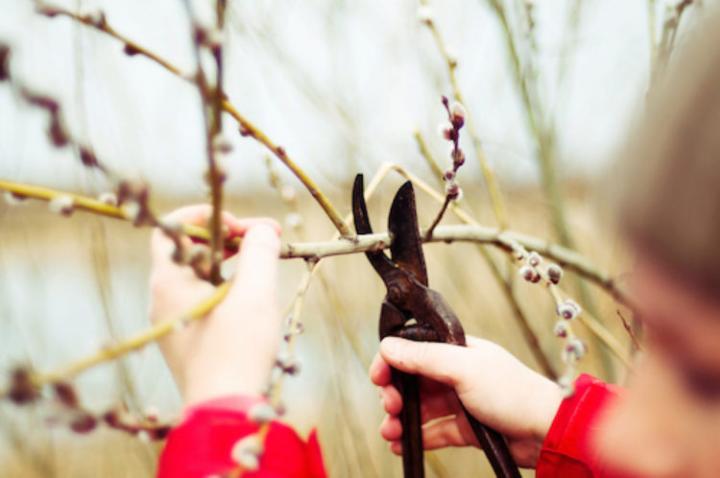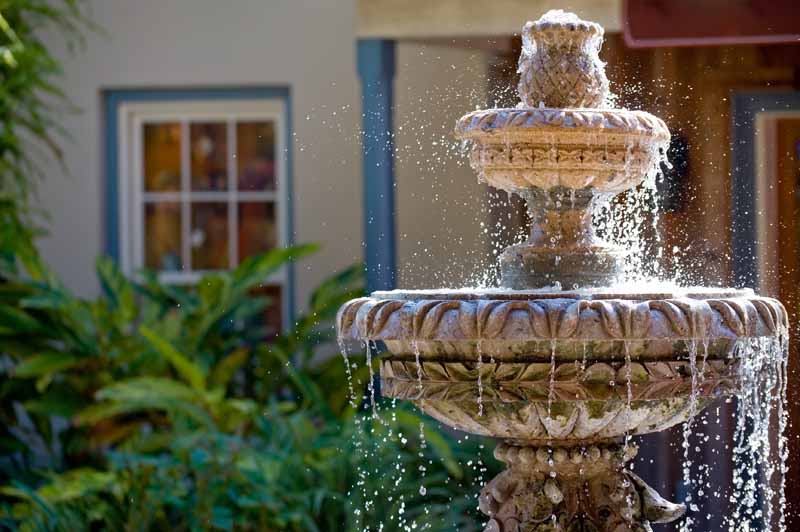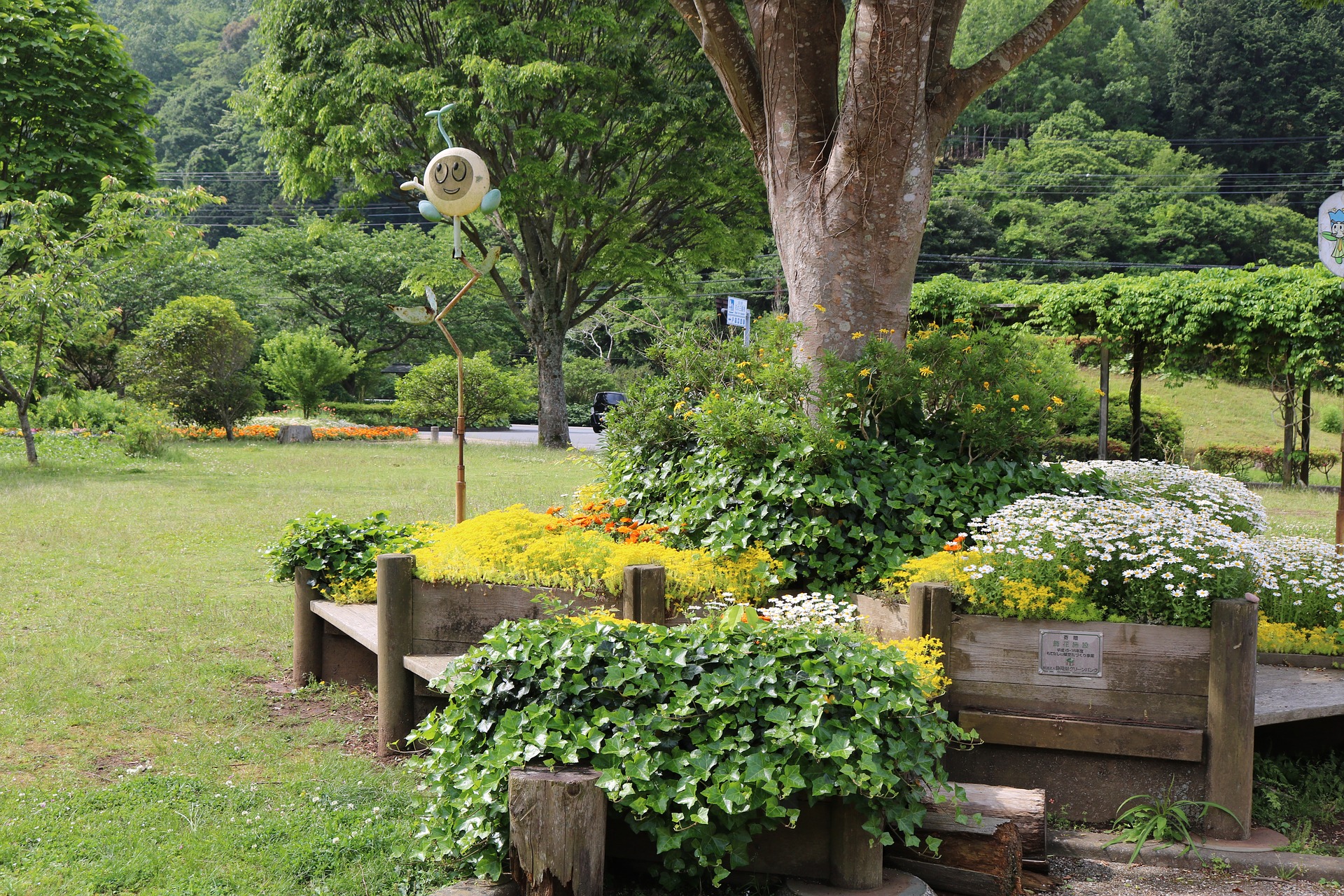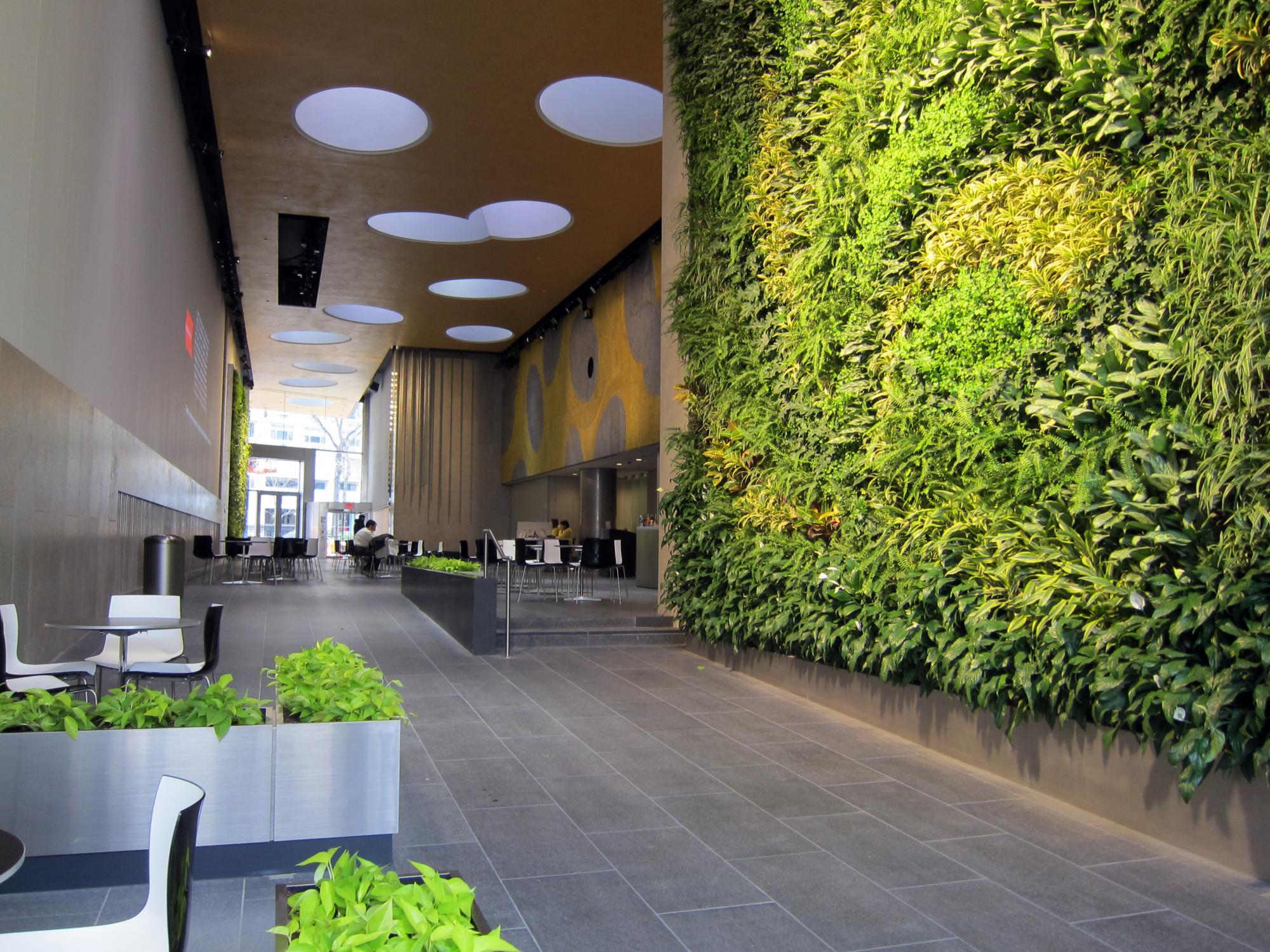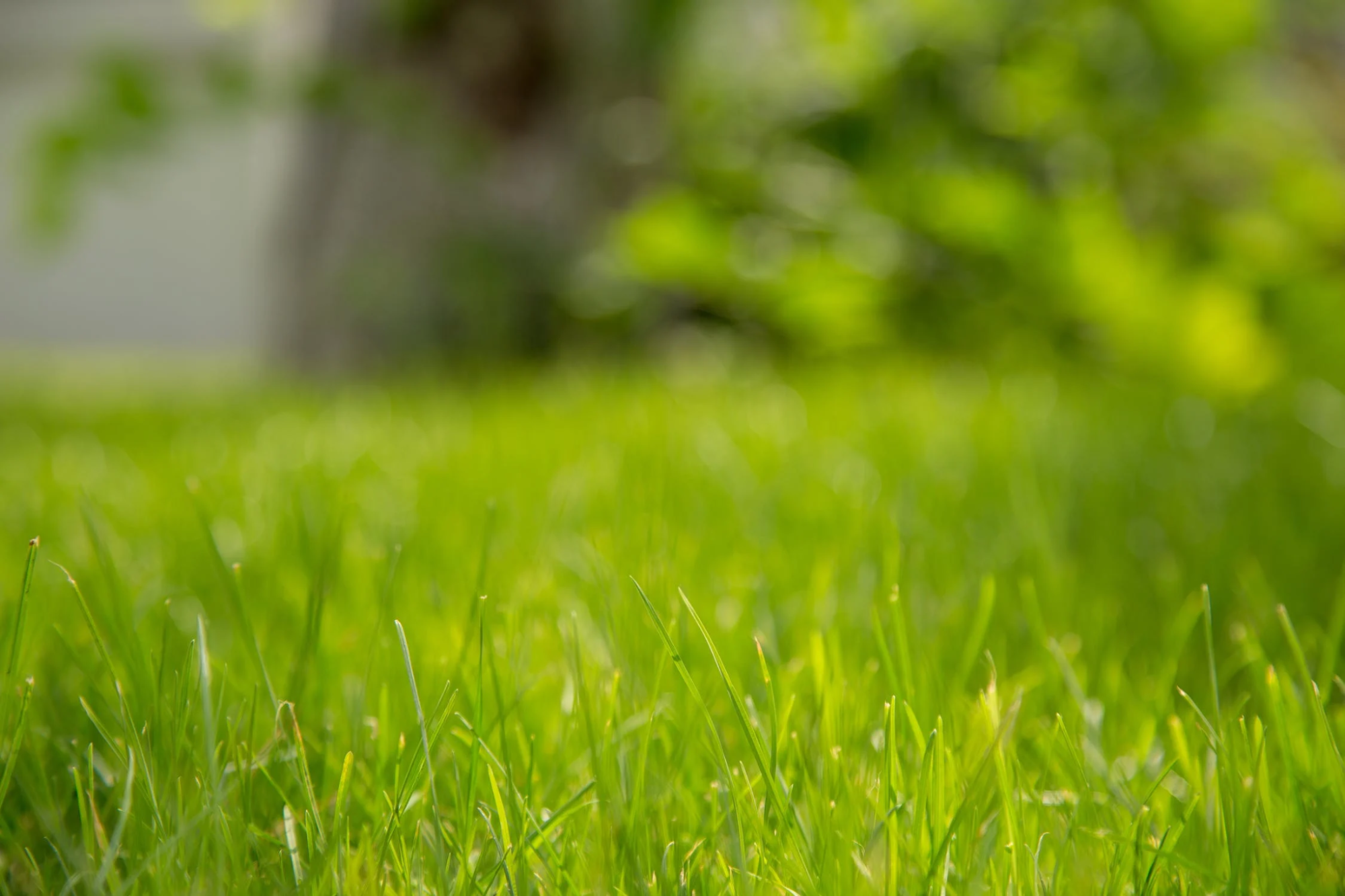By the mention of the word architecture, the first thing that comes in many people’s minds is the biggest and coolest new building in town. However, many things such as garden plants have architecture as well – i.e., the branches, stems, limbs, and trunk give plants its character and shape.
Winter is the best season to see a garden’s architecture. Furthermore, it is the best time to prune, especially those that shed its leaves during the season. The main reason is that it becomes easy to see the shape of the plant and enhance a plant’s shape through pruning. Gardeners Path has a ton of information to get your garden ready for winter.
Below is a winter pruning guide, aimed at helping you achieve the best plant shape for your garden. Let’s not forget that winter pruning allows you to give your plant the winter help it needs.
The Winter Pruning Basics
When it comes to winter pruning, it is very important to exercise care when dealing with early spring blooming plants or winter-flowering plants. This should include fruit trees, which you must avoid cutting flowering buds. On the other hand, it is paramount to note that other types of plants like hydrangeas cam be left un-pruned until late February. It is important to ensure that when cutting old flower heads in a plant, you only trim it back to the first set of emerging leaves.
Nonetheless, below are pruning basics:
- You should never prune just because you feel like doing something in your garden. It is wise always to have a reason to do it.
- If you must cut off a part of the brunch or flower, consider pruning back a set of a visible bud. This technique helps eliminate twigs or part of the branch, which often act as a potential entry point of diseases. Remember always that all new growth sprout from buds and not from an empty wig.
- For you to cut a tree limb back to the main brunch, it is wise to do it a few inches above the branch’s collar. You should take care to prevent damaging the branch collar.
How To Get Started
Remember, winter pruning is important to guarantee the best fruit production throughout the year.
Herbaceous perennials (these are plants that die to the ground or dry in winter, but re-emerges in spring) will begin to turn brown after the first hard freeze. Examples include hostas and non-evergreen ferns, canna, Amsonia, baptisia, and phlox. For this reason, it would be wise to cut these plants to the ground after the first freeze.
However, it would be wise to wait until mid-winter to prune other plant types because it is the time they are fully dormant. Remember, pruning plants before the first frost (when they have not fully hibernated) may result in dormant buds. If new growth pushes out before the first freeze, they will die when winter hits fully.
The Dead Of Winter
When it comes to winter pruning, the best place to start is with hazardous, dying, and dead materials. What does this mean? Well, it simply means that you should consider starting with stems and branches that broken, diseased, or unhealthy. For safety purposes, consider starting at the tip heading down.
After starting with those on top, you can now move to structural pruning. For example, you may decide to remove any secondary limb or branch that is growing in the opposite direction of the main growth. This is where you can also decide to prune for beautification purposes alone. However, it is wise to keep in mind the overall habit of the plant you are pruning.
Grasses
Remember, there are many types of grasses, and ornamental grasses are also plants that do benefit from pruning. However, the best thing is that they can be left until late February. Many types of grasses do not die back to the ground when winter hits, but rather turn brown and maintain the seed heads. The seeds attract birds and maybe provide shelter during the cold season.
The main reason to wait until late February is; pruning them too early may cause them to rot at their growing point. For this reason, it is paramount to be patient until late February to prune. While pruning, consider cutting them just a few inches above the ground.
The Silver And Salvias
Also, it would be wise to wait until late February to prune salvias or anything with silver foliage such as peropskia, buddleia, and Artemisia. Remember, every plant has its characteristics and structural structure. For this reason, it is wise to consider every plant’s characteristics when thinking of pruning.
These plants have hollow stems, and pruning them exposed their empty inner-side (the tube) to harsh elements. Doing this puts the plants in danger of dying or getting diseases. For example, when rainwater gets into the plant’s tubes and does not evaporate, and then winter comes, the water will freeze and expand. This action may rupture the stems.
For this reason, it would be wise to wait until March to prune. Furthermore, cutting these plants back too does rob it of stored sugar, needed for the winter.
